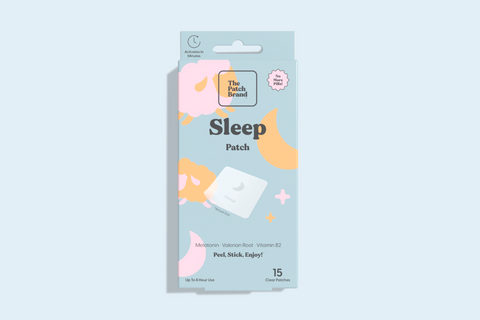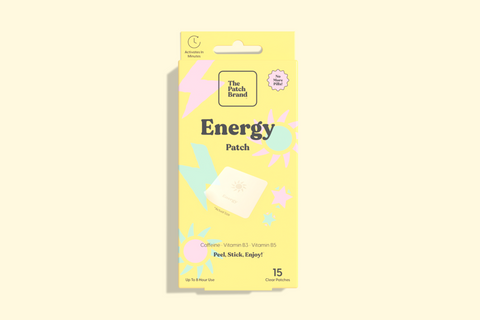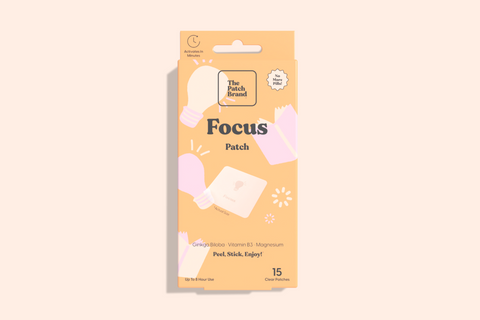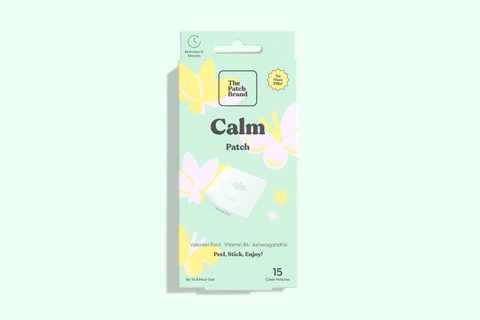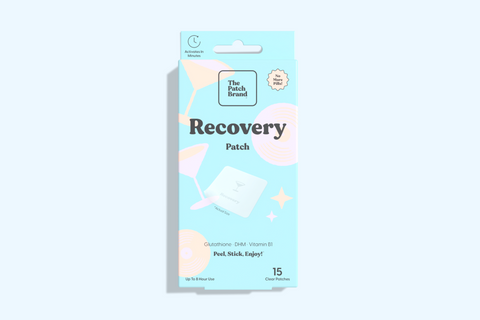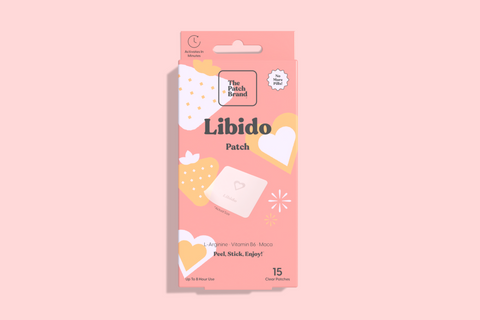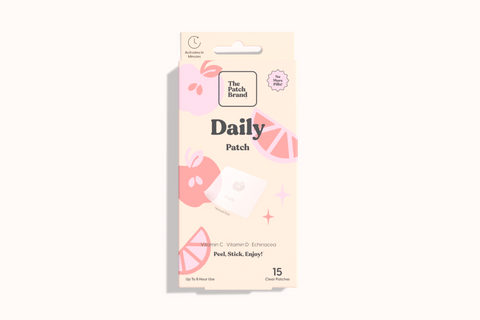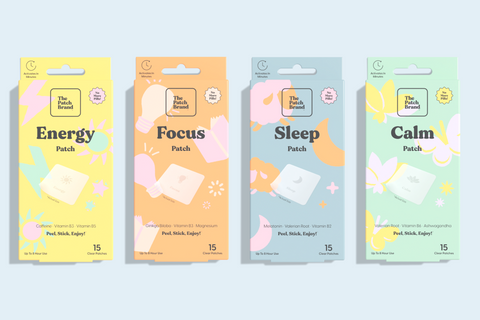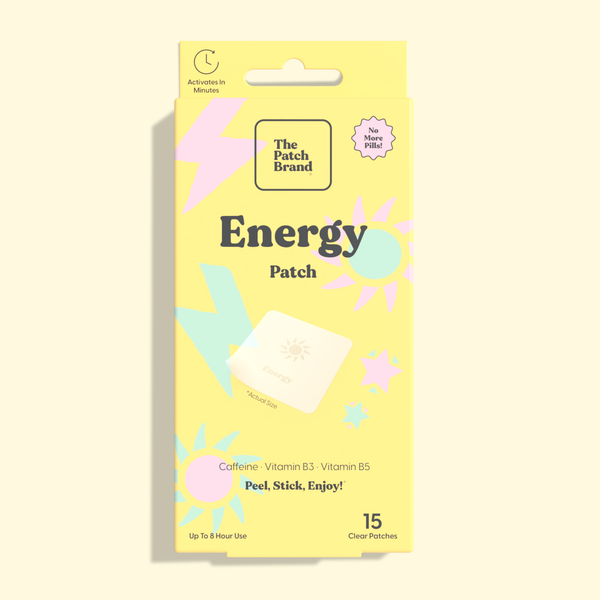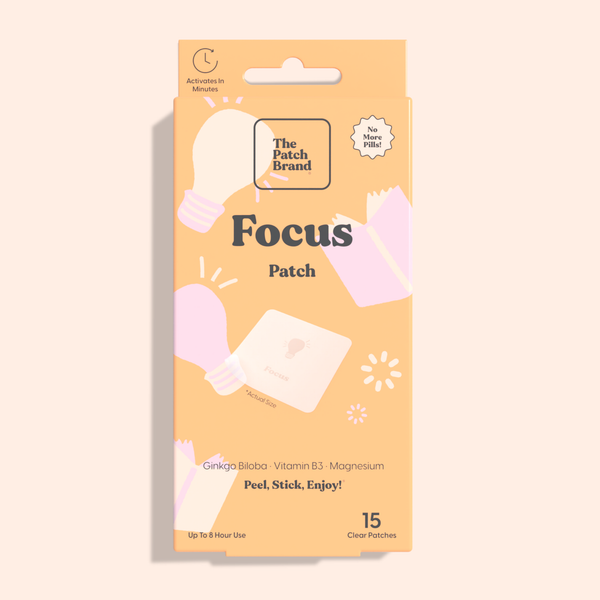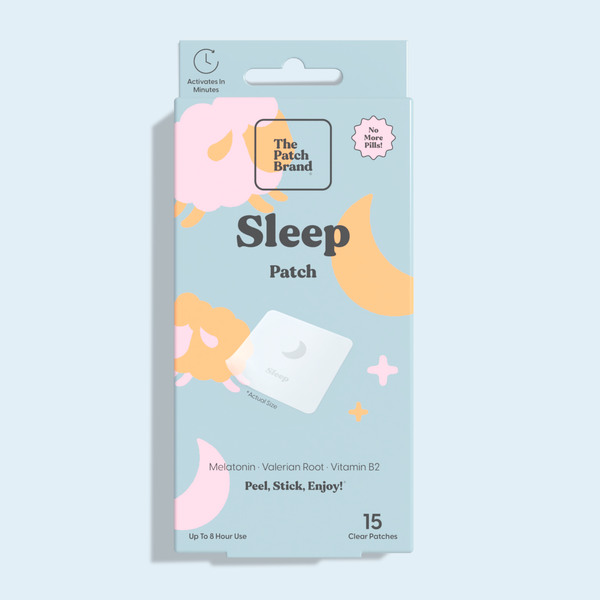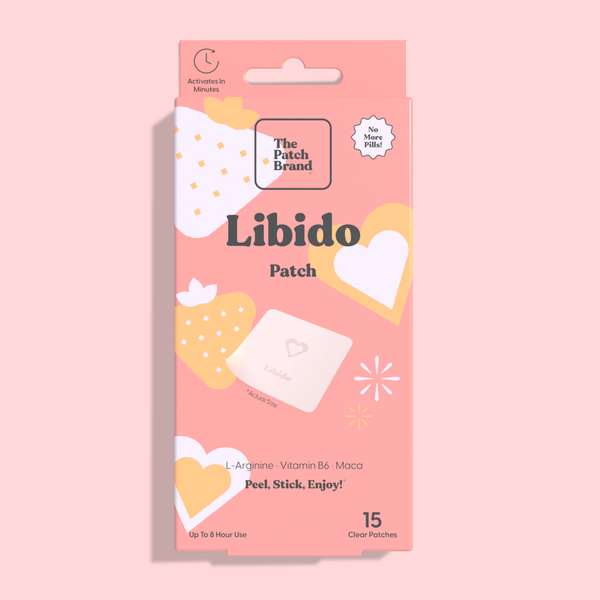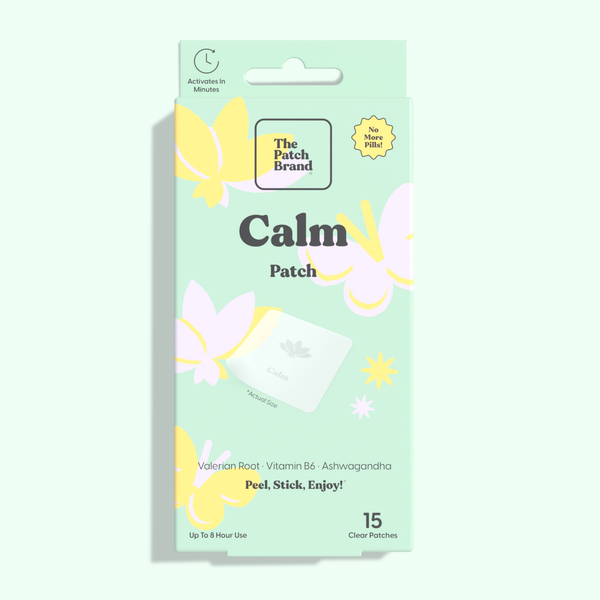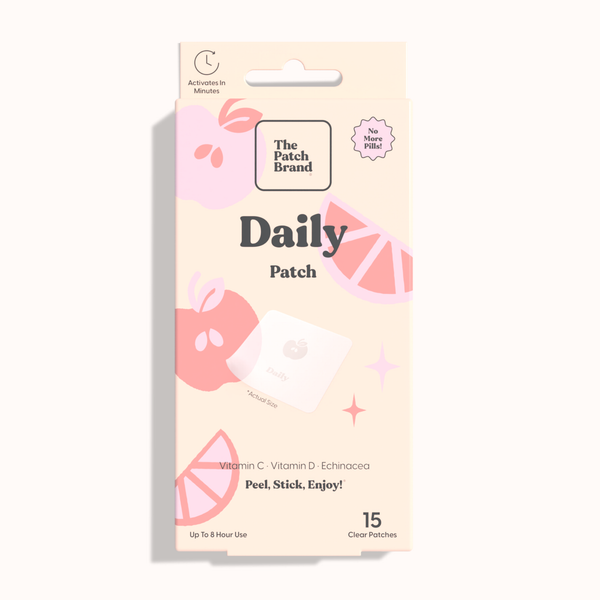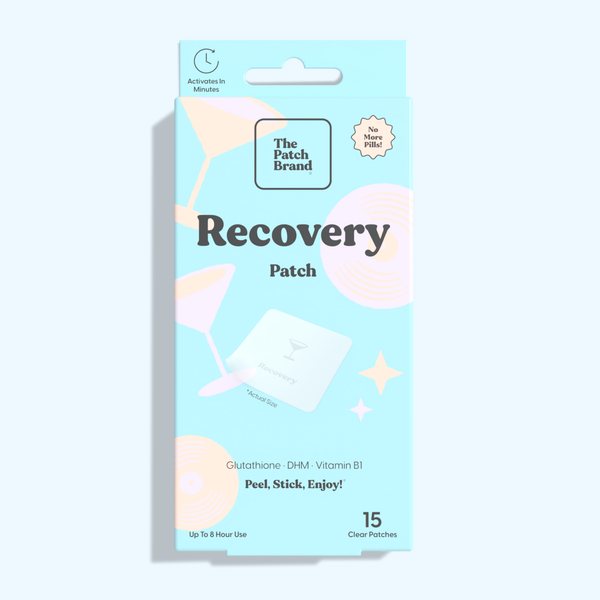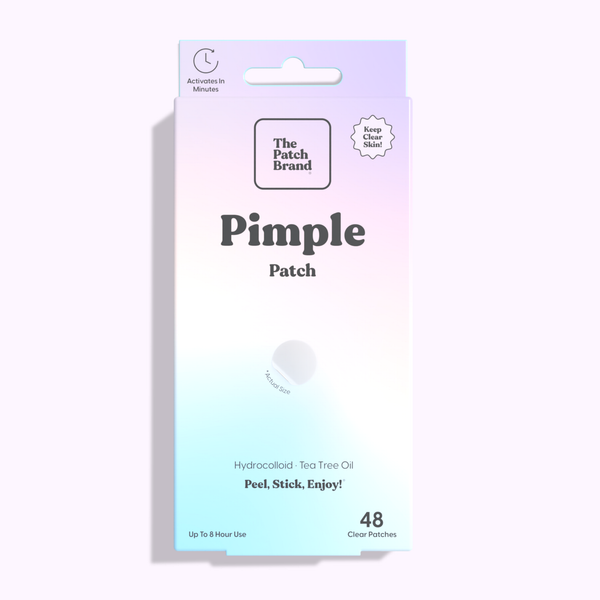In recent years, pimple stickers have surged in popularity as an innovative solution to an age-old problem: acne. Not just a cosmetic concern, acne can significantly impact one's self-esteem and lead to long-lasting scars. The advent of pimple stickers has offered a discreet, effective, and simple method to combat these blemishes. These small, adhesive patches are not just a quick fix for emerging pimples; they play a crucial role in the broader context of acne care, particularly in preventing acne scars. Their ease of use and the targeted treatment they provide have made them a go-to option for individuals seeking to manage their acne proactively.
Understanding Acne Scars and Prevention
Types of Acne Scars and Their Formation
Acne scars are not a singular phenomenon; they come in various forms, each with its mechanism of formation. Atrophic scars, the most common type, result from a loss of skin tissue, leaving behind indentations or depressions. Hypertrophic scars and keloids, on the other hand, are raised scars that form due to an excess of collagen during the healing process. The initial cause of these scars is the inflammation from acne, which disrupts the skin's structure and healing response. Understanding the type of scars and how they develop is crucial in selecting the appropriate acne scar treatment and prevention strategies.
How Pimple Stickers Aid in Preventing Scars
Pimple stickers are a revolutionary tool in the fight against acne scars. They work by providing a protective barrier over the blemish, preventing external factors from exacerbating the pimple. Moreover, these pimple patches absorb pus and sebum, flattening the pimple without the need for popping, which can lead to scarring. Some patches are also infused with active ingredients that promote healing and reduce inflammation, further aiding in scar prevention. By directly targeting the causes of scarring at the source, pimple stickers are an essential preventative measure for anyone looking to maintain clear, healthy skin.
Technology Behind Pimple Patches
Hydrocolloid Patches
Hydrocolloid pimple patches represent a significant advancement in the treatment and prevention of acne scars. Originally used in medical settings to treat wounds, hydrocolloid material has a unique ability to absorb moisture. As mentioned previously, when applied to a pimple, it effectively draws out pus and oil, reducing inflammation and promoting a faster healing process.
Microneedle Patches
The innovation of microneedle pimple patches introduces a new dimension to acne and scar treatment. These patches contain tiny, dissolvable needles that painlessly penetrate the skin's surface to deliver active ingredients directly to the deeper layers where acne forms. This targeted delivery system ensures that therapeutic agents are more effectively utilized by the skin. Such direct intervention not only treats the existing pimple but also aids in preventing the formation of scars by reducing the depth and severity of inflammation, a key factor in scar development.
The Science of Healing
The development of acne patches represents a significant advancement in skincare, particularly in the treatment and prevention of acne scars. These ingredients work synergistically to address the root causes of acne, such as inflammation, bacteria, and clogged pores, offering a holistic approach to skin health:
-
Salicylic Acid: This beta-hydroxy acid is a powerhouse in acne treatment, thanks to its ability to deeply penetrate pores and exfoliate the skin from within. By dissolving the type of skin debris that clogs pores and leads to acne, salicylic acid helps prevent the formation of new blemishes. Its exfoliating properties are also crucial for the prevention of scars, as it helps to remove dead skin cells on the surface, promoting a more even skin texture and reducing the likelihood of pore blockage that can escalate into inflamed acne and eventual scarring.
-
Tea Tree Oil: A natural antiseptic, tea tree oil is celebrated for its ability to fight bacteria and reduce skin inflammation. Its antimicrobial properties make it highly effective in targeting the bacteria responsible for acne breakouts, while its anti-inflammatory effects help to soothe redness and swelling. By addressing these two critical factors, tea tree oil not only helps to clear up existing acne but also plays a preventive role by reducing severe breakouts.
-
Hyaluronic Acid: Unlike other ingredients that target acne directly, hyaluronic acid focuses on skin hydration and repair. It acts by attracting and retaining moisture in the skin, ensuring that the affected area remains sufficiently hydrated. This is crucial for skin healing, as well-moisturized skin is more resilient and can repair itself more effectively, reducing the risk of scarring. Hyaluronic acid’s role in maintaining skin moisture also helps to plump the skin, diminishing the appearance of existing scars and preventing the formation of new ones by promoting healthy skin cell regeneration.
The incorporation of these ingredients into pimple patches has revolutionized the way we approach acne treatment, offering a targeted, effective solution that not only addresses active breakouts but also works to prevent the long-term impacts of acne. By understanding the science behind these ingredients, individuals can make informed choices about their skincare, selecting products that not only treat acne but also support the overall health and resilience of their skin.
Innovations in Patch Technology
Recent advancements in patch technology continue to enhance their effectiveness in acne scar prevention. Innovations include the development of patches with built-in UV protection to shield healing blemishes from sun damage, which can exacerbate scarring. Additionally, new formulations are incorporating peptides and antioxidants, which support skin repair and combat the oxidative stress that can lead to scar formation. These technological advancements not only aim to treat acne but also to fortify the skin against the factors that contribute to scarring, promising a future where mighty patch pimple patches are an essential component of effective skincare routines focused on maintaining clear, healthy skin.
Choosing the Right Pimple Patch
Evaluating Pimple Patches for Your Skin Type
Selecting the right pimple patch involves considering your specific skin type and concerns. For individuals with sensitive skin, it's crucial to opt for patches that are free from irritants and fragrances. Understanding your skin's unique needs will guide you in choosing a patch that not only addresses your acne effectively but also minimizes the risk of irritation or adverse reactions. Reading ingredient lists and product descriptions carefully can help ensure the patch is compatible with your skin type, enhancing its effectiveness and your overall satisfaction with the treatment.
Criteria for Selecting Effective Pimple Patches
When choosing a pimple patch, several criteria should be considered to ensure effectiveness and safety. First, assess the patch's active ingredients and their compatibility with your skin type and acne concerns. Next, consider the patch's size and thickness—options vary from ultra-thin designs for daytime wear to thicker patches for overnight healing. The patch's adhesive quality is also crucial; it must stay securely in place for the duration of treatment without irritating removal. Lastly, look for patches that have been clinically tested and proven to be effective in acne scar treatment and prevention. By evaluating these factors, you can select a pimple patch that meets your needs and contributes to a clearer, healthier complexion.
Usage of Pimple Patches for Scar Prevention
Proper Application Techniques
To leverage the full potential of pimple patches in combatting acne effectively, it’s essential to apply them correctly. This not only ensures that the active ingredients are delivered directly to the blemish but also minimizes the risk of further irritation or infection. Following a systematic approach can significantly enhance the healing process and prevent the formation of scars. To maximize the benefits of using a pimple patch, follow these steps:
-
Cleanse the area. Start by cleaning the affected area with a gentle, non-abrasive cleanser to remove impurities, excess oil, and any makeup residue. This step is crucial for preparing the skin, ensuring that nothing interferes with the patch's adhesion and effectiveness. A clean surface allows the active ingredients in the patch to penetrate the skin more efficiently, targeting the root of the blemish.
-
Dry the skin. After cleansing, pat the skin dry with a clean towel, making sure no moisture remains. The best pimple patches adhere best to dry skin, as moisture can significantly reduce their stickiness, compromising their ability to stay in place and protect the blemish from external contaminants.
-
Select the appropriate patch size. Choosing the right size patch is key to covering the pimple adequately. The patch should be large enough to cover not just the blemish but also a small area around it, ensuring complete protection and optimal healing conditions. This creates a sealed environment that facilitates the absorption of pus and oils by the patch.
-
Peel the patch from its backing. When removing the patch from its packaging, be careful to touch only the edges to prevent any dirt or oil from your fingers from contaminating the adhesive side. This preserves the sterility of the patch and ensures that it remains effective in treating the pimple.
-
Apply the patch firmly. Place the patch directly over the clean, dry pimple, and press down firmly for a few seconds. This helps to secure the patch in place, creating a tight seal around the blemish that prevents bacteria from entering and allows the patch to work its magic.
-
Leave the patch on. Adherence to the recommended time frame is vital for allowing the patch to absorb the impurities and reduce inflammation effectively. This duration varies among products, but leaving it on overnight or up to 24 hours usually offers the best results.
-
Remove the patch gently. When it's time to remove the patch, do so gently to avoid irritating the skin. Start peeling from the edges and work your way towards the center. This minimizes the risk of damaging the healing skin underneath.
By following these detailed steps, individuals can maximize the efficacy of pimple patches in their skincare regimen. This methodical approach not only treats the immediate blemish but also contributes to overall skin health, preventing future breakouts and minimizing the risk of scarring.
Monitoring Usage Based on Skin Response
If redness, itching, or worsening of the pimple occurs, it may be necessary to adjust the usage or try a different type of patch. Some skins may react differently to hydrocolloid materials or active ingredients in microneedle patches. Listening to your skin and adapting your approach ensures that pimple patches remain a safe and effective component of your acne and scar prevention strategy.
The Importance of Sunscreen
Sun exposure can exacerbate acne scars, making sunscreen an indispensable part of a skincare routine focused on scar prevention. UV rays can darken scars and prolong their healing time, emphasizing the need for daily sun protection. Applying a broad-spectrum sunscreen with an SPF of 30 or higher after using pimple patches can shield vulnerable skin from harmful radiation.
The journey towards acne scar prevention is multifaceted, involving early intervention, appropriate treatment selection, and integration into a broader skincare regimen. Pimple stickers have emerged as a pivotal component of this journey, offering a blend of convenience, effectiveness, and innovation. As we look to the future, the continued evolution of pimple patch technology promises to offer even more effective solutions for those battling acne and striving to prevent scars. By embracing these advancements and making educated decisions about their skincare routines, individuals can look forward to healthier, clearer skin, free from the lasting impact of acne scars.
